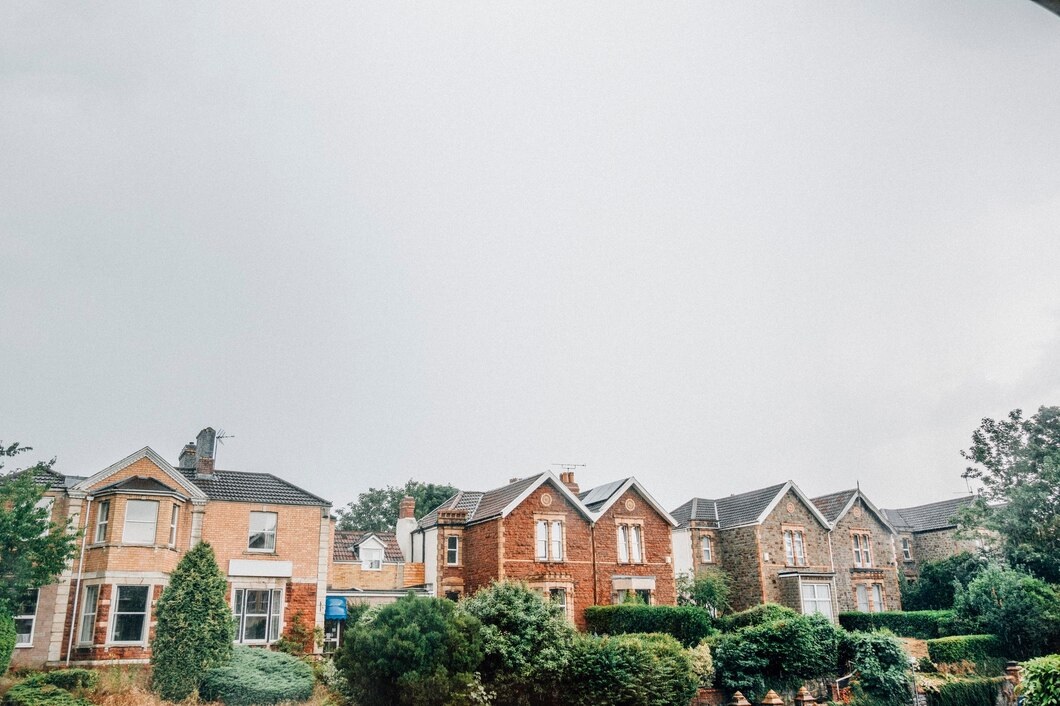Introduction
Choosing the right neighborhood is a pivotal decision that significantly impacts your quality of life. Whether you’re a first-time homebuyer, a growing family, or a seasoned urbanite seeking a change of pace, the neighborhood you choose plays a crucial role in shaping your daily experiences, routines, and sense of community. In this comprehensive guide, we’ll explore the key factors to consider when selecting a neighborhood, regardless of your city or region, ensuring your next move is the perfect fit for your lifestyle and preferences.
Understanding Your Needs
Before diving into the search for your ideal neighborhood, take some time to reflect on your needs, priorities, and long-term goals. Consider factors such as:
- Commute time and transportation options
- Proximity to schools, parks, and other amenities
- Safety and crime rates
- Cost of living and housing affordability
- Community vibe and cultural offerings
- Access to healthcare facilities and services
- Future development and growth prospects
Researching Potential Neighborhoods
Once you’ve identified your priorities, it’s time to start researching potential neighborhoods that align with your criteria. Here are some effective strategies:
- Utilize online resources and real estate platforms to explore neighborhood profiles, crime statistics, school ratings, and other relevant data points.
- Take advantage of virtual tours and neighborhood walkthroughs to get a feel for the area’s atmosphere, architecture, and amenities.
- Reach out to local residents, real estate agents, and community organizations for insider insights and recommendations.
- Visit neighborhoods at different times of the day and week to observe traffic patterns, noise levels, and overall livability.
Making Informed Comparisons
Comparing multiple neighborhoods can help you narrow down your options and identify the best fit for your needs. Consider creating a checklist or spreadsheet to evaluate each neighborhood based on key criteria such as:
- Housing affordability and property values
- Quality of schools and educational resources
- Access to parks, recreational facilities, and green spaces
- Diversity of restaurants, shops, and entertainment options
- Walkability, bike-friendliness, and public transportation options
Taking the Next Steps
Once you’ve identified a few top contenders, it’s time to dig deeper and gather additional information to inform your decision-making process. Consider:
- Attending local community events, farmers’ markets, and neighborhood meetings to connect with residents and learn more about the area’s culture and sense of community.
- Consulting with a real estate agent or housing expert who specializes in the neighborhoods you’re considering, to gain valuable insights and guidance.
- Exploring potential long-term impacts and considerations, such as future development projects, zoning regulations, and property tax rates.
Conclusion
Choosing the perfect neighborhood requires careful consideration, research, and soul-searching. By understanding your needs, researching potential neighborhoods, making informed comparisons, and taking the next steps, you can confidently navigate the process and find the ideal place to call home. Remember, the perfect neighborhood is not just about location—it’s about finding a community that resonates with your lifestyle, values, and aspirations. Happy house hunting!





